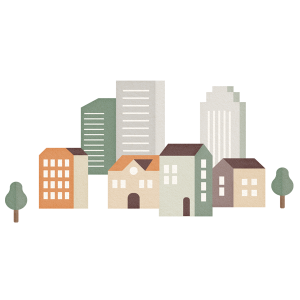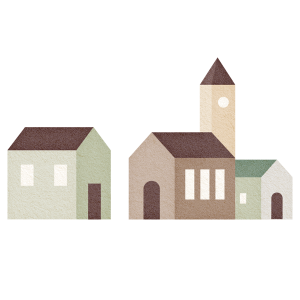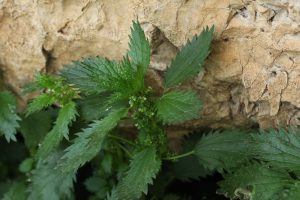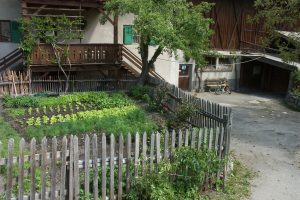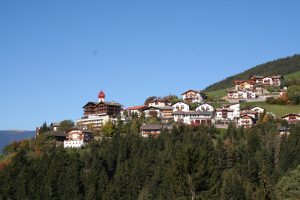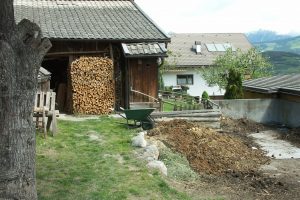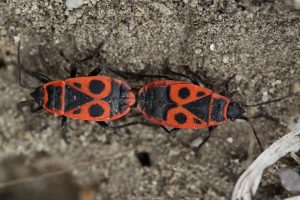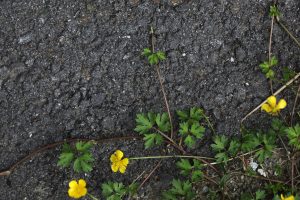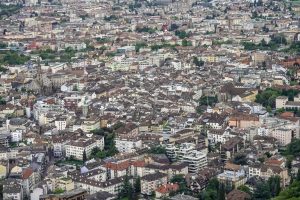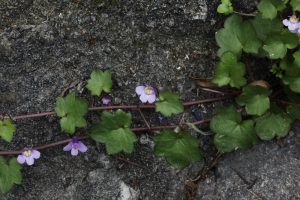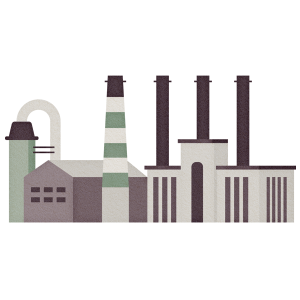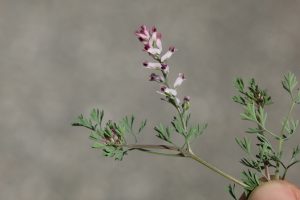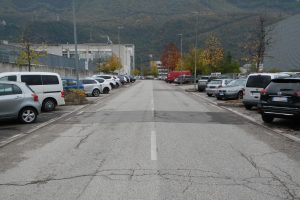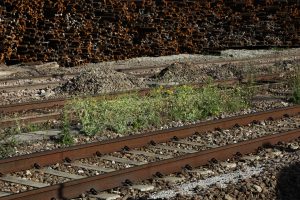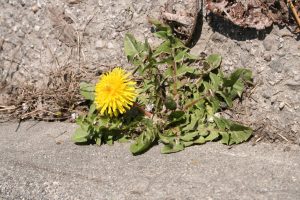Settlements
Human settlements offer fundamentally different conditions to all other habitats. Houses are like artificial rocks for animals and plants. Between the houses there are protected places. The temperature is usually higher than in the surrounding cultural landscape, although little light reaches the ground because of the buildings. Nutrients are also usually available in abundance. Human activities cause almost constant disturbances. All in all, there are highly specialised animal and plant communities in towns and villages. Although in Europe, there is a long tradition to study them, in South Tyrol we are still at the very beginning. For the biodiversity monitoring we have selected a total of 30 points, 10 in cities and larger towns, 10 in smaller villages and 10 in industrial and commercial areas.

